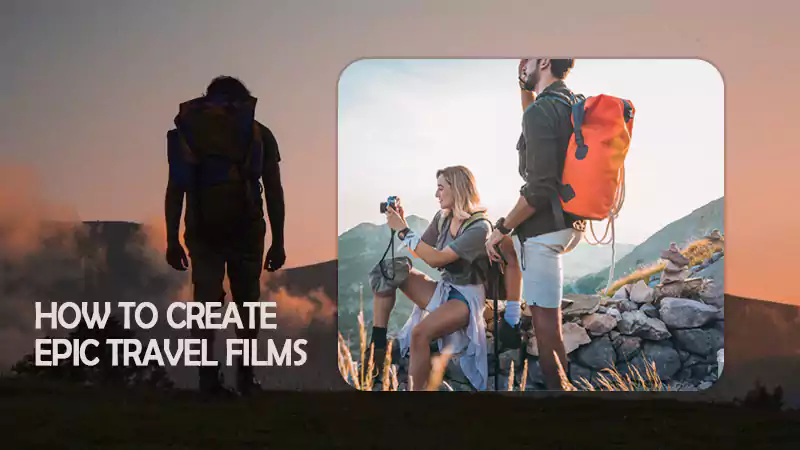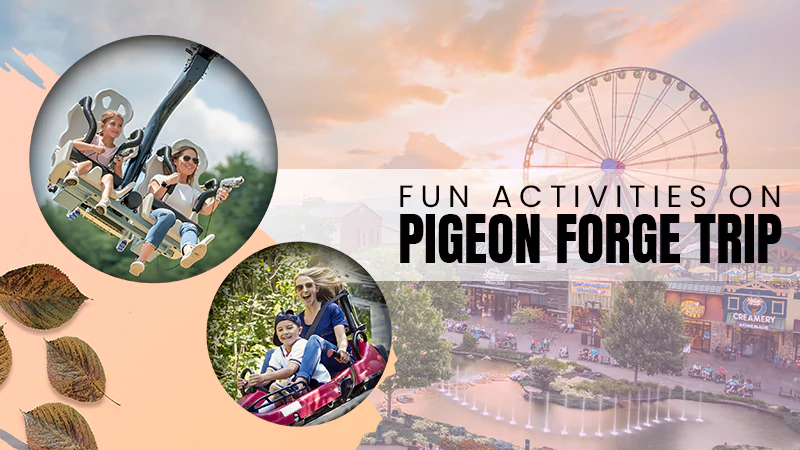
Creating an epic travel film involves a combination of storytelling, cinematography, and post-production. Travel films can serve different purposes, such as inspiring viewers to visit a certain location, educating viewers about a specific culture or way of life, or simply capturing memories of a personal trip. They can be intended for a mass audience or just for personal consumption, but all of them share the same goal, to transport the audience to the place through the lens. Here are some steps you can take to create a travel film that stands out.
- Plan your story and shot list: Before you start filming, plan out the story you want to tell and the shots you want to capture. This will help ensure that you get all of the footage you need to tell your story.
- Capture high-quality footage: Use a good camera and stabilizer to capture high-quality footage. Remember to use a variety of shots, including wide shots, close-ups, and panning shots, to add visual interest to your film.
- Add a soundtrack: A good soundtrack can add emotion and atmosphere to your film. Use a variety of music, including instrumental and vocal tracks, to enhance the storytelling.
- Edit your film: Once you have all of your footage, you can use the movie creator to create a cohesive story. Use editing software like InVideo or Final Cut Pro to trim, cut, and merge the clips.
- Add visual effects and color grading: Use visual effects and color grading to add a professional touch to your film. This can help to create a cohesive look and feel for your film.
- Share your film: Share your film with friends, and family, and on social media platforms. This will help you to get feedback and also give you an opportunity to reach a wider audience.
What Content Should I Film?
The content you film for your travel film will depend on the story you want to tell and the perspective you want to convey. Here are some ideas for types of content to film:
Landscapes and scenery: Capture the natural beauty and grandeur of the locations you visit, such as mountains, lakes, beaches, forests, and cityscapes.
People: Interview locals or other travelers, and capture their stories and perspectives on the place you’re visiting.
Activities and experiences: Film yourself and others participating in activities such as hiking, surfing, skiing, or exploring the local culture.
Timelapse and Hyperlapse: Capture the passage of time and the changes in light and weather.
Food: Food is an important aspect of culture, filming the local cuisine and its preparation can be a great addition to your travel film.
Architecture: Showcase the local architecture, whether it be ancient ruins or modern skyscrapers, it adds context to the location.
Wildlife: Capture the local fauna, it can be from small insects to big animals, and it gives a sense of the location’s biodiversity.
Festivals and events: Many places have traditional festivals and events, and capturing them can add a sense of the local culture and history.
Nightlife: Film the nightlife of the place, it can give a sense of the energy of the place.
Remember to experiment with different techniques and angles to find the best way to convey the emotion and feeling of the place you’re filming.
Top 5 Bits of Kit to Bring
When making a travel film, having the right equipment can make a big difference in the quality and creativity of your final product. Here are 5 essential pieces of kit that you should consider bringing with you on your trip:
Camera: A good quality camera is essential for capturing high-quality footage. Consider a mirrorless or DSLR camera that offers manual controls and interchangeable lenses.
Stabilizer: A stabilizer such as a gimbal or a tripod helps to keep your shots steady and smooth, which is especially important for handheld shots.
Audio equipment: Good audio is just as important as good video. Consider bringing a directional microphone or a portable recorder to capture clear, high-quality sound.
Backup equipment: Make sure to bring backup batteries, memory cards, and even a backup camera or microphone, in case something goes wrong or you run out of power.
Lighting equipment: A small light or reflector can help to brighten or soften shots, or to add some fill-light in low-light situations. Also, don’t forget to take into account the safety and technical aspects while using certain techniques like using a drone or doing timelapse, to avoid potential damages or accidents.
How to Make a Great Travel Video
Tell a unique story: Try to capture the unique aspects of the places you visit and tell a story that hasn’t been told before. Use your own experiences and perspectives to make the video personal and engaging.
Use high-quality equipment: Use a good camera and stabilizer to capture high-quality footage. Invest in good lenses and audio equipment to get the best results.
Be selective with footage: Be mindful of pacing and keeping the video interesting. Not every shot needs to be included, be selective and only include the best shots.
Add a soundtrack: A good soundtrack can add emotion and atmosphere to your video. Use a variety of music, including instrumental and vocal tracks, to enhance the storytelling.
Use motion in your shots: Use panning shots, tracking shots, or following a subject in motion to add dynamism and visual interest to your video.
Be authentic: The authenticity of the footage is important. Let the natural beauty of the location speak for itself, and avoid trying to make things look artificial.
Do research: Research the locations you plan on filming ahead of time. This will help you to understand the best time to film, the best angles, and the unique features of each location.
Be ready for the unexpected: Be prepared to adapt to changing conditions and be open to filming unexpected subjects or events.
Have fun: Remember that the most important thing is to have fun and enjoy the experience of making the video. The final product should reflect your passion for travel and filmmaking.
Additional tips:
- Make use of natural sound to enhance the sense of place and atmosphere.
- Use “B-roll” footage (additional footage that supports the main footage) for more depth and variety.
- Consider post-processing effects to add atmosphere and convey a certain mood.
- You can use voice-over to give context and commentary about what is being shown on screen.
Wrapping Up – Travel Films
Creating a travel film is a creative and rewarding process that allows you to capture the essence of a journey and to share your experiences and perspectives with others. To create an epic travel film, it is important to focus on storytelling, cinematography, and post-production. Additionally, you should have a plan for your shoot, be prepared, have the right equipment and be open to improvisation and experimentation.












